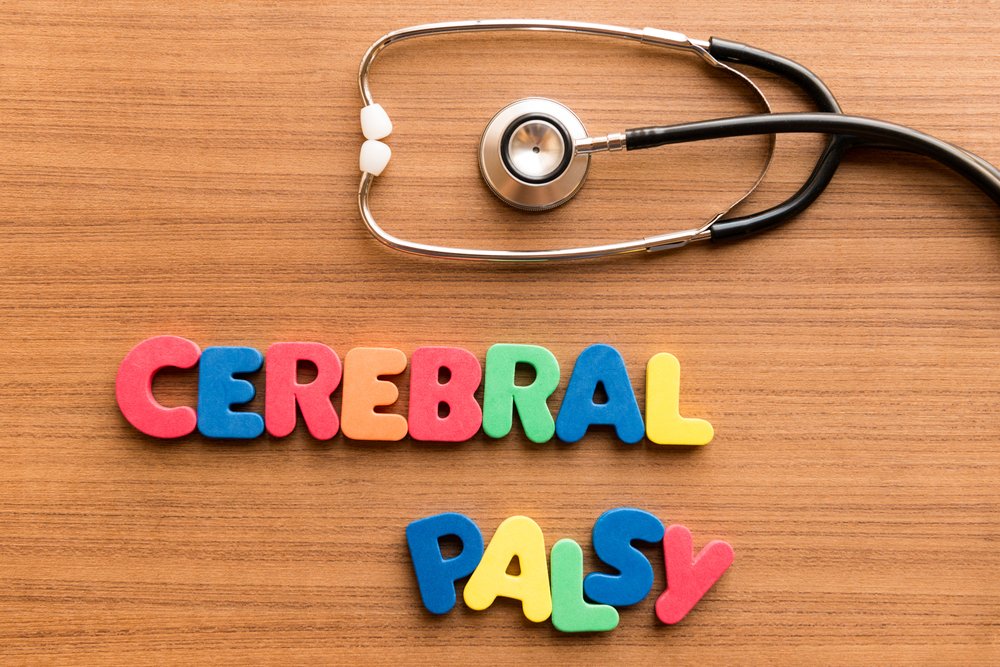Use of 2 Complementary Assessment Tools May Better Define Abilities of CP Patients, Study Reports

Using two complementary assessment tools may better define the functional abilities of children with cerebral palsy, which could help clinicians pinpoint the best treatments and services for each patient, according to a study conducted in Jordan.
The study, “Functional profiles of children with cerebral palsy in Jordan based on the association between gross motor function and manual ability,” was published in BMC Pediatrics.
Not all children with cerebral palsy have the same functional abilities. For example, some children can move about and handle objects independently, while other children have severe mobility limitations. Being able to categorize these children based on their functional profiles can improve their access to the appropriate services and resources.
To look into better defining the abilities of these children, researchers in Jordan looked at using two functional assessment tools called the Gross Motor Function Classification System-Expanded & Revised (GMFCS-E&R) and the Manual Ability Classification System (MACS).
The GMFCS categorizes children into five levels based on their gross motor function from Level I (walks without limitation) to Level V (severely limited mobility). The system classifies performance in daily life with a focus on mobility. This assessment tool was expanded and revised (GMFCS-E&R) to include children up to 18 years old and to reflect the potential impact of environmental and personal factors on children’s mobility.
Similarly, the second assessment tool, MACS describes children’s self-initiated manual ability to handle objects and their need for assistance or adaptation during daily manual activities by classifying them from Level I (handles objects easily and successfully) to Level V (doesn’t handle objects and has very limited ability to perform simple actions). The MACS focuses on performance in the home, school, and community rather than capabilities in a standardized environment.
The study included 124 Jordan children with cerebral palsy, at an average age of 4.5 years, 56% of whom were male. Using input from parents, researchers classified children into GMFCS-E&R and MACS levels.
Of the participants, 36% were able to walk independently, corresponding to GMFCS-E & R levels I and II, and 64% were able to handle objects independently, corresponding to MACS levels I and II.
In general, researchers found a strong correlation between GMFCS-E&R and MACS levels. However, agreement between the classification levels of the two systems was low, meaning that while a higher MACS level indicates a higher GMFCS-E&R level, the classification into specific levels did not match. For example, children classified at GMFCS-E R level III were more likely to fall into MACS level II.
For the study population, the most common functional profile was “manual abilities better than gross motor function.” In fact, 57% of the participants displayed better manual abilities than gross motor function, whereas only 34% of participants were classified at the same level of both assessment tools.
This lack of agreement, despite strong correlation between the two assessment tools, has also been reported in other studies, suggesting that the two classification systems complement each other by describing different activities of daily living.
“Both the GMFCS-E & R and the MACS provide complementary but distinctive information related to mobility and handling of children with [cerebral palsy], supporting the need to use the two classification tools,” the researchers wrote.
They suggest that clinicians incorporate both these classification systems into their assessment of children with cerebral palsy, allowing them to better select appropriate treatment plans and inform parents and caregivers of the right services and resources for their children.
The authors hope that this study will help shift the focus of rehabilitation in Jordan from impairment-based to function-based services.


